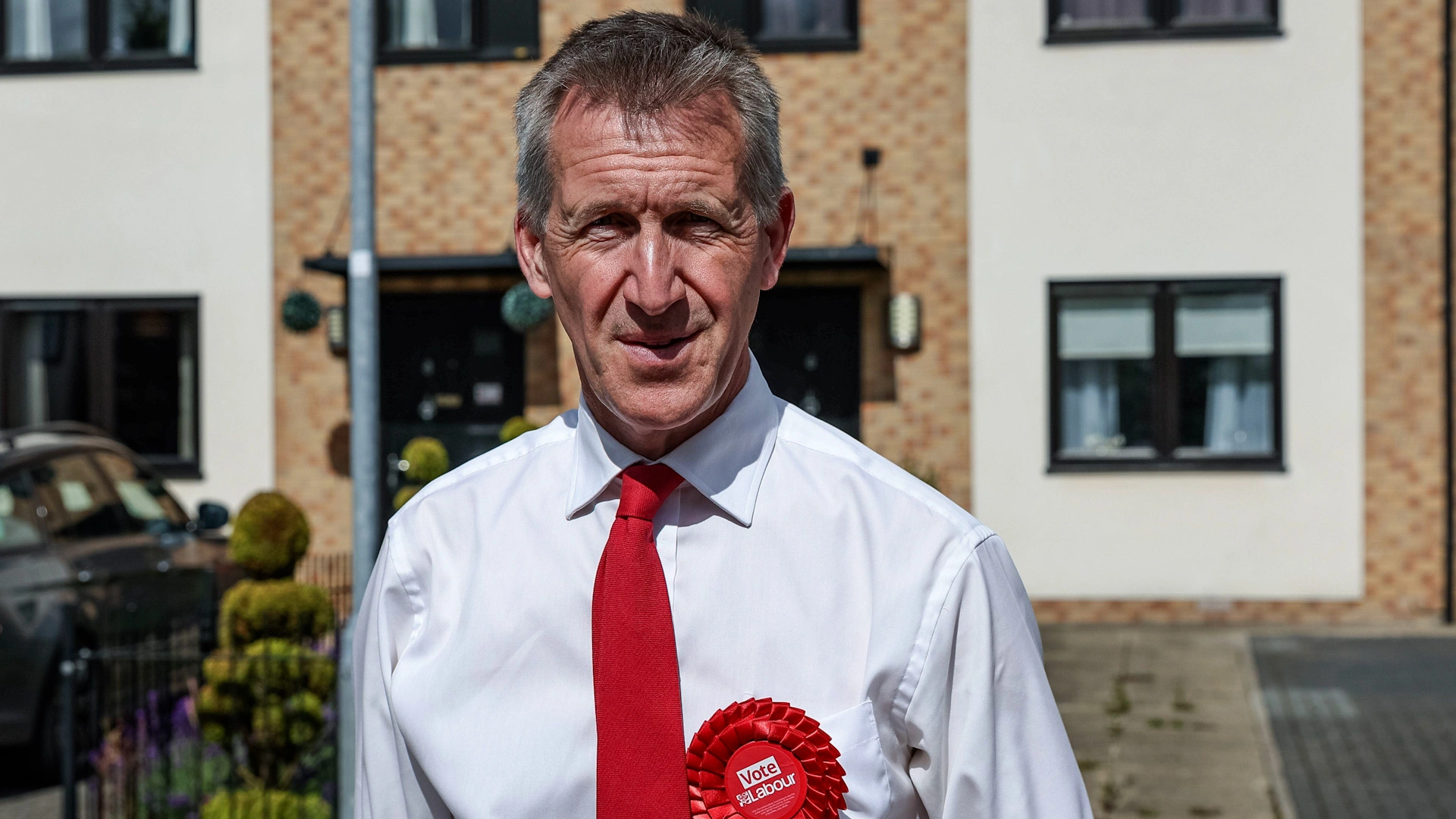A two-minute silence was observed across the UK for Armistice Day/Remembrance Day. Veterans and dignitaries gathered at locations such as the Cenotaph in central London and the National Memorial Arboretum in Staffordshire to commemorate the end of the First World War and honor those who lost their lives in service.
Why Britain observes Armistice Day?
At the National Memorial Arboretum, the Duchess of Edinburgh laid a wreath and addressed the crowd, while Speaker of the House of Commons Sir Lindsay Hoyle was among those laying wreaths during a ceremony at Westminster Hall in London.
Each year on 11 November, Britain observes Armistice Day to commemorate the agreement signed between the Allies and Germany that ended the First World War, honoring those who sacrificed their lives in that conflict and subsequent wars defending democratic freedoms.
The armistice—marking a pause in hostilities as a precursor to peace negotiations, later formalized with the Treaty of Versailles in June 1919—was signed in the railway carriage of French Marshal Ferdinand Foch, the Allied forces’ supreme commander, deep in the forests of Compiègne in Picardy, France. The signing occurred around 5:45 a.m. on a cold Monday morning, in a subdued ceremony that contrasted with the violent sounds of war still resonating along the Western Front.
Eleventh hour of the eleventh day of the eleventh month
The agreement went into effect at “the eleventh hour of the eleventh day of the eleventh month” of 1918, though over 2,000 men lost their lives in the hours between its signing and that moment. George Edwin Ellison from Leeds is believed to have been the last British soldier to die, near Mons.
Since then, 11 November has been observed annually to honor Britain’s war dead, commonly referred to as Remembrance Day in the Commonwealth and Veterans Day in the United States. The first Armistice Day celebration was King George V’s “Banquet in Honour of the President of the French Republic” at Buckingham Palace on 10 November 1919, followed by a two-minute silence the next morning. The King expressed a desire that everyone’s thoughts focus on “reverent remembrance of the glorious dead.”
The tradition of Armistice Day
This tradition has continued nationwide for over a century, serving as a time to reflect on the sacrifices made by those who did not return home. The idea for the silence itself is attributed to Harry Hands, the mayor of Cape Town, South Africa, who initiated it in May 1918 to honor his son, Captain Richard Hands, with a cannon blast from Signal Hill to announce its beginning. This act was reported globally by Reuters and inspired others to adopt the practice.
Another figure credited with originating the silence in Britain is Edward George Honey, an Australian national. Observing the scenes of celebration in London on 11 November 1918, Honey felt that the jubilation was out of place, given the tragic cost of victory, estimated at 5.7 million Allied lives. In May, he wrote to The London Evening News, suggesting a more solemn memorial for the first Armistice anniversary, and he was invited to the palace in November to participate.
Idea of commemorating an “Unknown Warrior”
The silence remains a respected tradition in modern Britain, standing as one of the few sacred observances in a society where Christian ritual has diminished in public life. Unlike previous wars, the First World War inspired fewer triumphalist monuments and fostered a focus on the sacrifices of individual soldiers. Figures like Rudyard Kipling, whose son John died at the Battle of Loos, helped shape the nation’s response. Kipling contributed to the Imperial War Graves Commission and chose the words “Their name liveth for evermore” from Ecclesiasticus for use on memorials. His short story “The Gardener” is also seen as a poignant reflection of grief from the Great War.
The idea of commemorating an “Unknown Warrior” in Westminster Abbey to represent all unidentified soldiers is credited to Reverend David Railton, a front-line chaplain. He proposed this idea to the Dean of Westminster in August 1920, leading to a symbolic funeral in Whitehall that November, coinciding with the unveiling of the Cenotaph.
Wearing poppies in memory of the fallen
In the United States, President Woodrow Wilson recognized Armistice Day on 11 November 1919, though it wasn’t formalized by Congress until 1926. France also began observing the date in 1920, with it first becoming a public holiday in 1924.
The tradition of wearing poppies in memory of the fallen was proposed by American academic Moina Belle Michael, initially with white silk flowers. This gesture was adopted by the American Legion and, later in 1921, by the Royal British Legion, which began selling red poppies to honor the dead and raise funds for today’s service members.
The poppy symbol, inspired by Lieutenant-Colonel John McCrae’s 1915 poem “In Flanders Fields,” is sometimes misunderstood. While some critics in the 1930s argued it endorsed war or symbolized bloodshed, the poppy’s original intent was never to glorify war. Instead, it represents resilience, renewal, hope, and the promise of a brighter future, even in the darkest times.


















